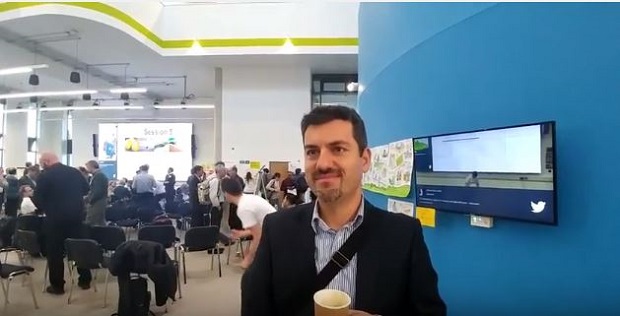
Every so often, I take some time away from my busy schedule to think, contemplate, read and in general lift my head from the here-and-now to look around me. It’s so easy to spend an entire week going from meeting to meeting. Although they are all important, working in that way doesn’t satisfy either my inherent need to “deliver” or give me time to think about “stuff”.
So, today, I thought I’d spend 30 minutes of my lunchtime going through a Forbes magazine (in old fashioned printed format! I love the smell of printed media). It happened to be the 100th anniversary issue and includes some wonderful essays from the greatest business minds of today. But something else caught my eye and I just needed to share it, and my thoughts on it, with you.
The magazine lists America’s top 50 companies in 1917, 1967 and 2017. I found that fascinating and looked into the data a little bit more (I love data just as much as the smell of printed media).
Firstly, how many of the top 50 companies in 1917 are still in the list today? Well, only two… ATT and GE.
Even more relevant, how many of the top 50 companies in 1967 still make the list today? The answer is just 15. And only two of these are in today’s top 10 (which is unsurprisingly mostly tech companies).
This got me thinking. Would the CEOs and board members of 100 or 50 years ago ever consider their companies at risk as a result of change? Did they ever “see the change coming” and, if so, did they decide to transform themselves, proactively moving their business to a new model, or wait to see what the change was and try to react?
It would be interesting to know, but in reality it’s irrelevant. Because it’s clear that a state of continuous change and the need to transform has been the new ‘normal’ for decades. IBM figured that out in the 80s and 90s, Kodak did not.
You may be thinking, “but John, that’s the dog eat dog private sector. What does that have to do with the public sector?”. Well, change doesn’t just impact the private sector, many of us in Defra group have just gone through change to bring our Corporate Services teams (Communications, IT, HR etc) together. That was an example of Defra group being more IBM and less Kodak… seeing the need to transform ourselves.
I honestly think we need to continue transforming, because very clever and innovative people are, right now, coming up with ideas and solutions that will eventually disrupt our industry and how we do things. Just look at Uber. It has completely revolutionised public transport, a market that was until recently tightly controlled by the public sector. Clearly, Uber made mistakes and are paying the price for certain practices, but they opened the door for a growing number of other digital players in that space.
So, we need to keep thinking about the future, keep looking for those changes we can ‘see coming’ and understand what they mean for our department and our customers. Geo-political changes, digital innovation and that genius in a garage somewhere coming up with the next big idea will not wait for us to be ‘ready’.
Transforming has been the new ‘normal’ for decades and it will likely be for decades to come. So let’s embrace it and be ready now!
PS. I know you are dying to know today’s top 10 companies:
1. Apple
2. Alphabet (Google)
3. Microsoft
4. Amazon
5. Berkshire Hathaway
6. Facebook
7. Johnson & Johnson (survived top 50 from 1967)
8. Exxon Mobile (some previous top 50 companies merged into one)
9. JPMorgan Chase
10. Wells Fargo & Co.

Recent Comments